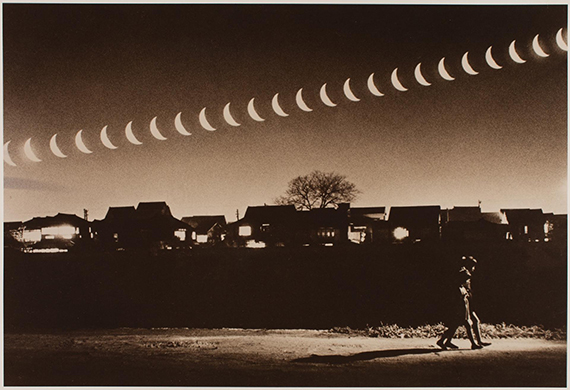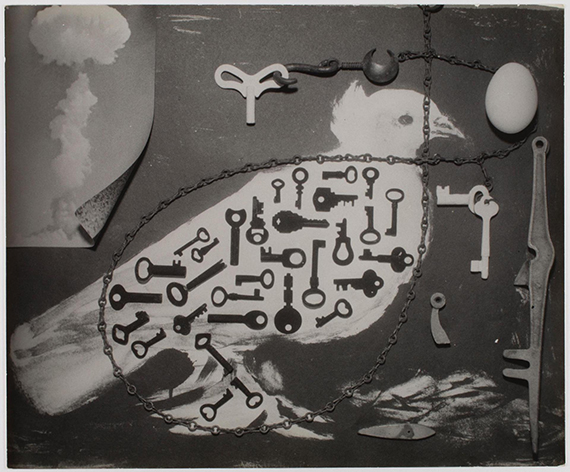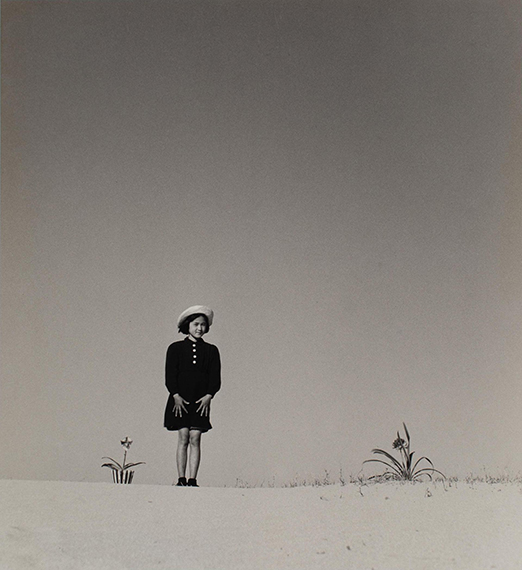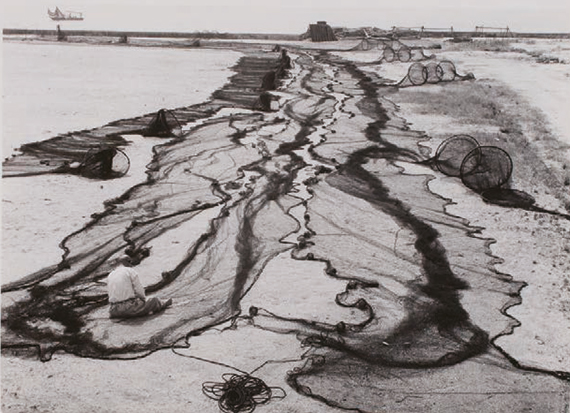
1955–56, Gelatin silver print, 20.5x30.2cm
Paris Photo 2022
Local Color and the Avant-Garde: Early postwar photography
Yōichi Midorikawa » Kaoru Ohto » Koichi Sako » Shoji Ueda »
Fair Presentation: 10 Nov – 13 Nov 2022
Wed 9 Nov
Paris Photo - Grand Palais
7 avenue Winston Churchill
75008 Paris

MEM
NADiff A/P/A/R/T 3F 1-18-4 Ebisu Shibuya
150-0013 Tokyo
+81-3-64593205
art@mem-inc.jp
www.mem-inc.jp/index_e
Mon-Sat 11-18

1974, Gelatin silver print, 25x30.1cm
This exhibition introduces four photographers from the Chugoku region, the westernmost part of Honshu, the largest island in Japan. The region has two distinct areas: the San'in, known for its colder climate, facing the Sea of Japan to the north, and San'yo, which boasts year-round warm weather, facing the Seto Inland Sea to the south.
These photographers pursued the possibilities of new photographic expression, shooting the local scenery, milieu, and people living in the different parts of the Chugoku regions throughout the prewar and early postwar periods.
Shoji Ueda (1913–2000) was born in Sakaiminato City, Tottori Prefecture, in the colder San'in region of Chugoku. Ueda is internationally renowned for his portraits staged in the Tottori Sand Dunes, such as Young Girl in Four Styles, Papa and Mama and Children, and Dune Nude. Before WWII, he started his career with artistic photography, focusing his camera on the landscape of the San'in region and its people. He produced many works in various styles, always at the forefront of the movements of the times, such as Shinkō Shashin ("New Photography"), Surrealism, Subjective photography, and others.
Yoichi Midorikawa (1915–2001) was born in Okayama in San’yo. He practiced dentistry while moonlighting as a photographer and actively contributed to photography magazines. In addition to his well-known dreamlike seascapes, Midorikawa took many documentary photographs before the war until the 1950s. He focused his camera on the milieu of the Seto Inland Sea, his photographs from this period feature local industry, agriculture, farmers, and fishermen. It was in the 1960s that he gradually shifted to his widely recognized experimental landscapes, for which he would shoot at precise moments of the day using various color filters, then later use photo montage techniques to superimpose his images. He earned the nickname "the magician of color" in the field of photography.
Ueda and Midorikawa were members of Chugoku Shashinka Shudan (the Chugoku Photographers Group), which focused on local color, documenting the lives and nature of the region.
Koichi Sako (1918–2010) was born in Hiroshima and was exposed to the atomic bomb's radioactive fallout. While taking photographic records of the postwar reconstruction of Hiroshima, he also used experimental techniques to photograph the scenery and the people of the Seto Inland Sea. A member of VOU, a group led by avant-garde poet and photographer Katsué Kitasono, Sako is known for contributing experimental photographs to the group's eponymous magazine.
Kaoru Ohto (1927–2020) was born in Hiroshima. Like Sako, Ohto was also exposed to radioactive fallout. The people of the Seto Inland Sea region featured prominently in his works, and he produced abstract experimental photographs. Sako and Ohto studied under Kunio Masaoka of the Chugoku Photographers Group.
These four artists were also involved in the subjective photography movement that emerged in the mid-1950s. Ueda and Sako participated in the 1st International Subjectivist Photography Exhibition (1956), and Midorikawa participated in the Exhibition of Japanese Subjective Photography (1958). Sako and Ohto exhibited works in the subjective photographie 2 in Saarbrücken, Germany, and Paris, France (1954–55). The Subjective Photography movement, initiated by German photographer Otto Steinert, advocated for subjective photographic expression in various fields. In countries such as Germany and Japan, where avant-garde artistic expression was suppressed during the war, the movement was enthusiastically supported after the war and developed into an international photographic movement.
Local Color and the Avant-Garde focuses on these artists' lifelong pursuit of experimental photographic expression that cherishes the natural scenery of their local regions. This exhibition examines how their works transcend local and national boundaries to resonate with audiences from all over the world.

1949, Gelatin silver print, 31.2x28.6cm

Title unknown
1950s, printed in the 1980s
signed on verso
12.1x17.4cm
gelatin silver print